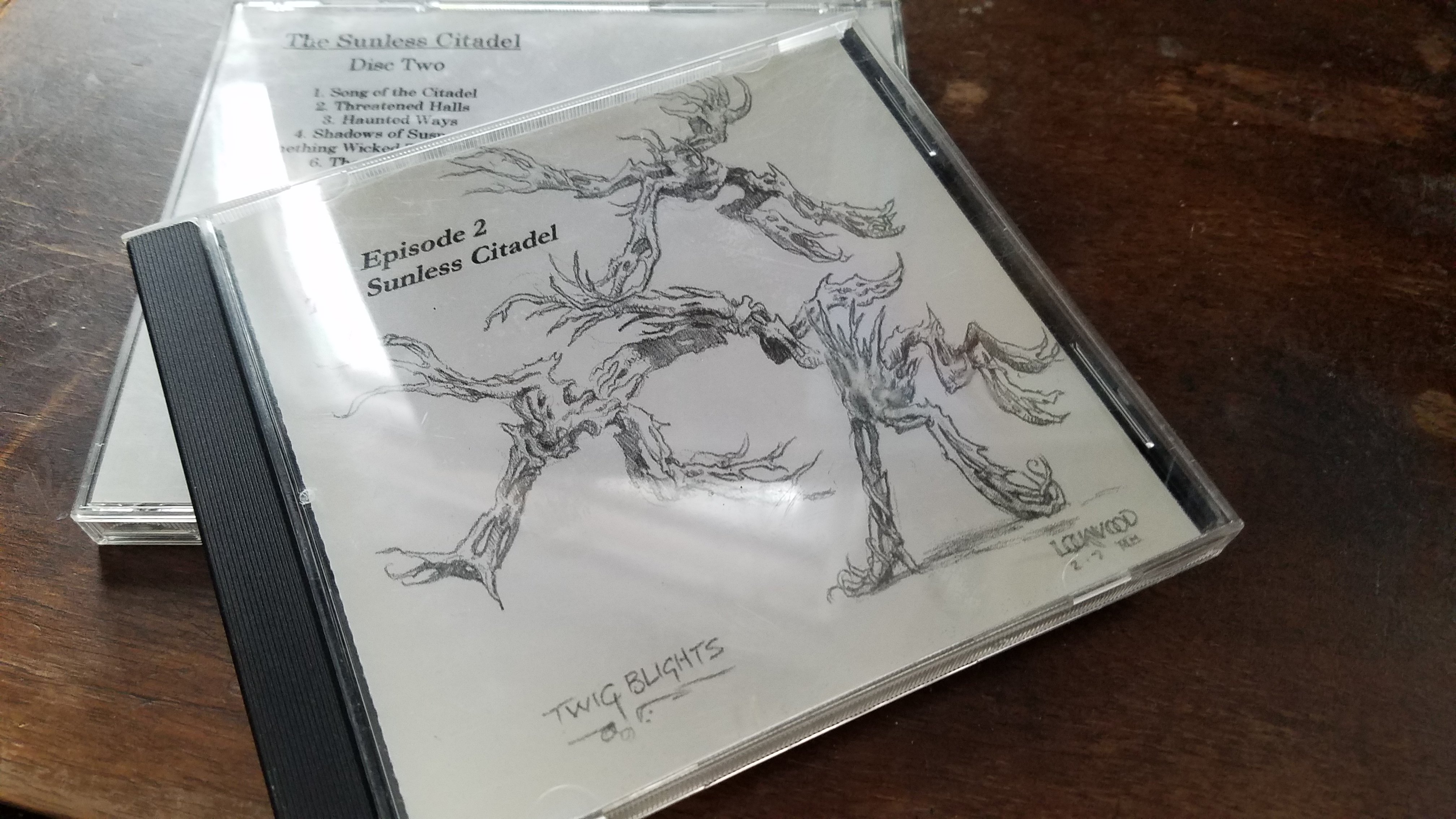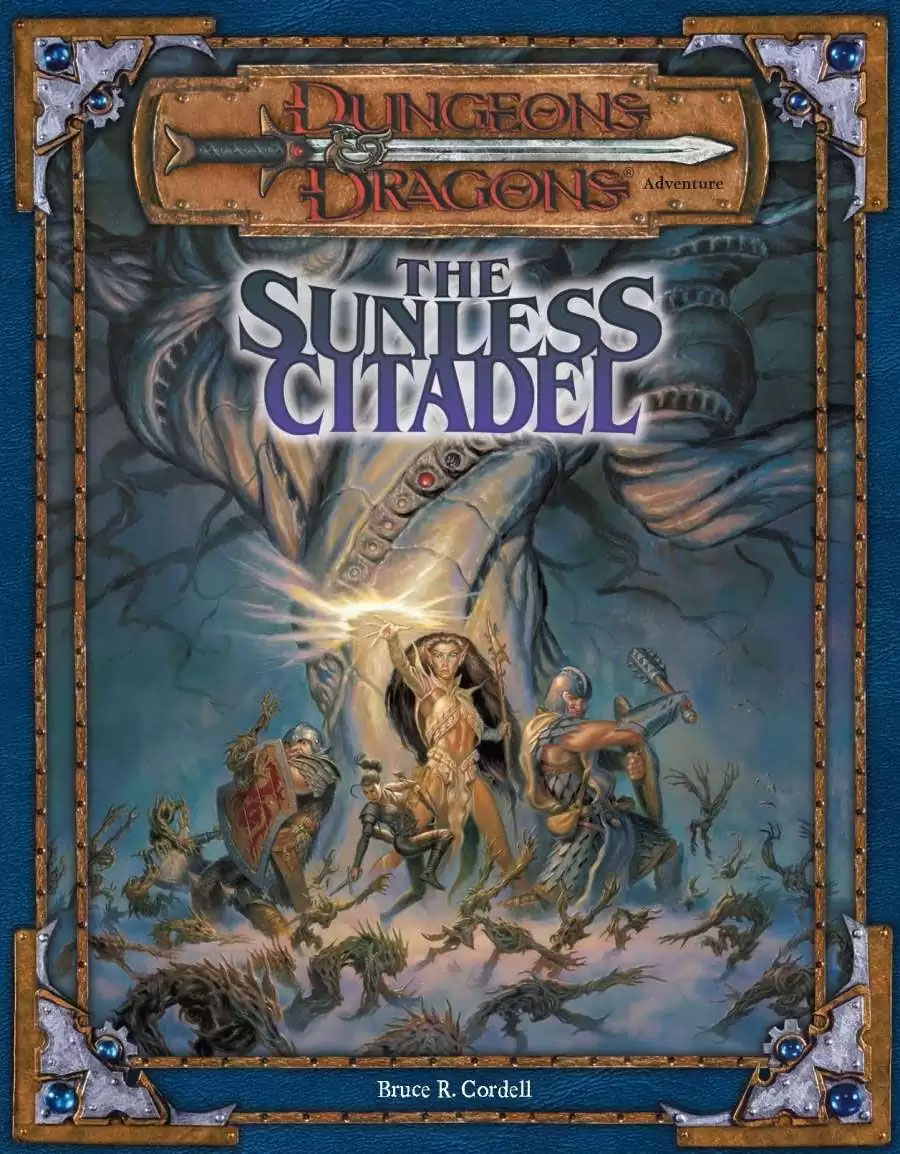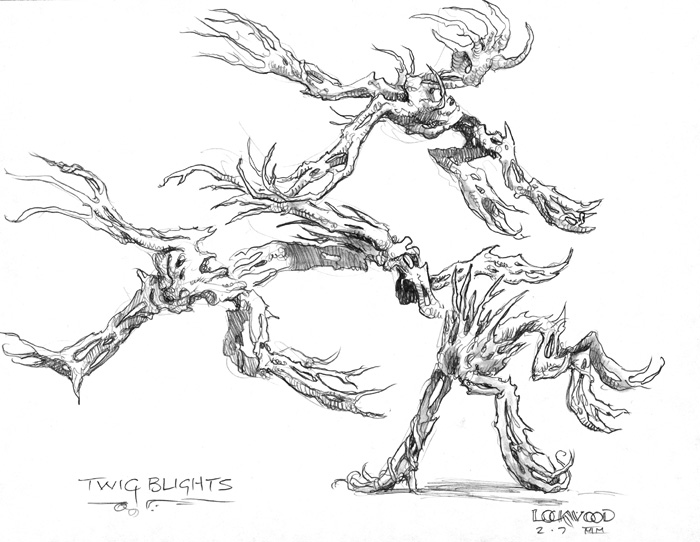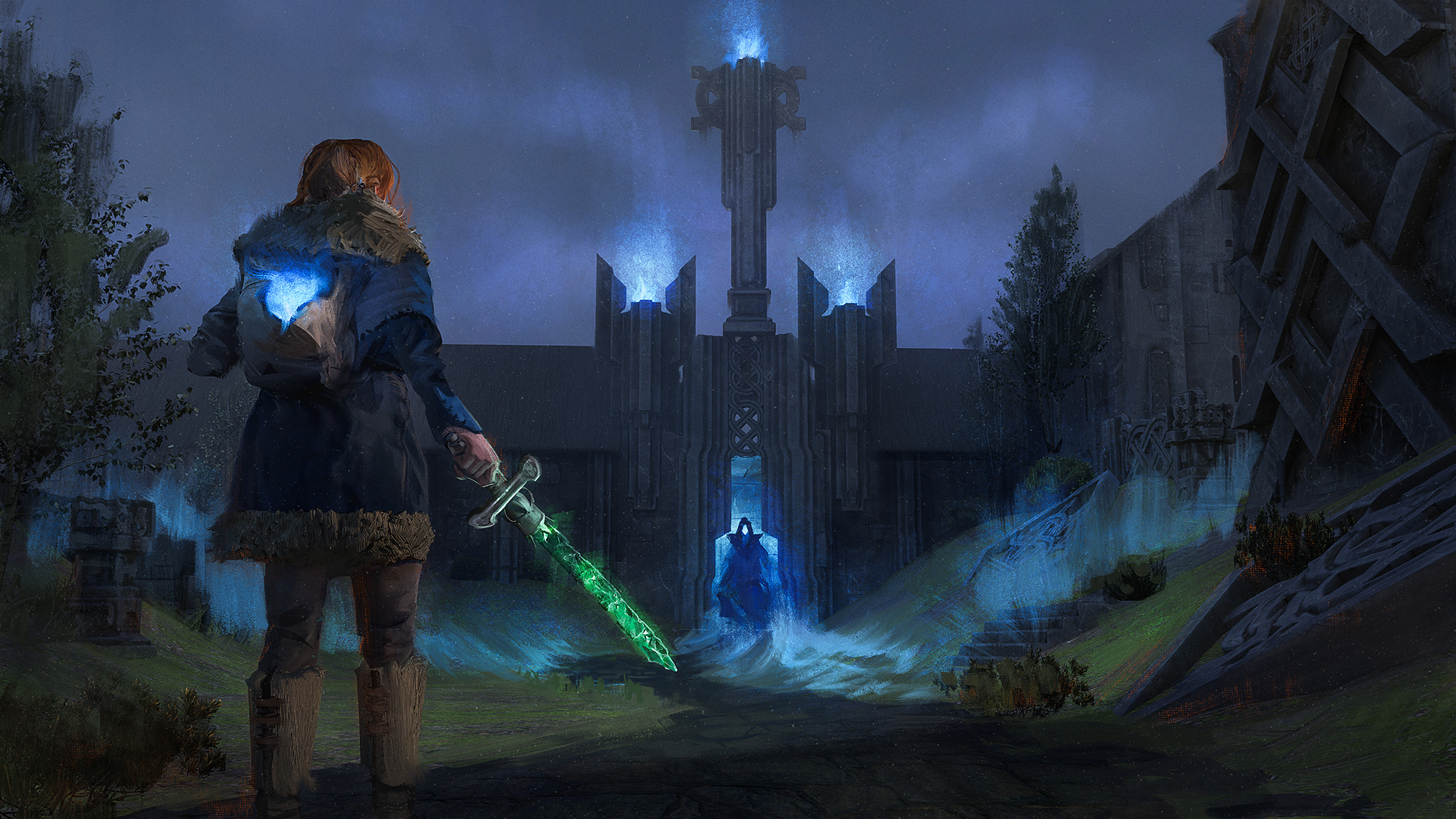
SESSION 41B: THE RETURN OF ARVETH
August 15th, 2009
The 22nd Day of Kadal in the 790th Year of the Seyrunian Dynasty
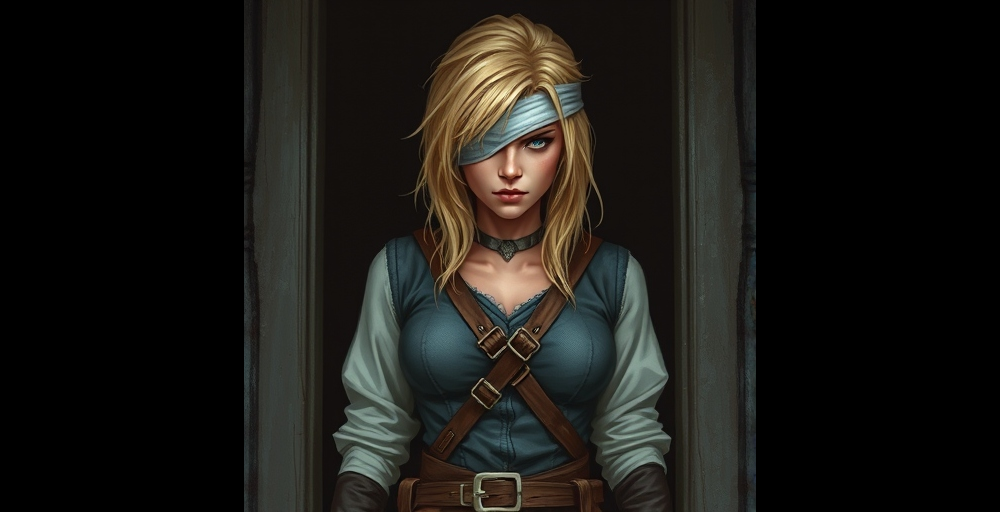
“That’s her,” Arveth said.
Another cultist stepped through the door behind her and swung it shut.
In the next room down, Seeaeti was aware that something was wrong. He stood up and started barking at the wall. Agnarr let him out into the hall… but missed the tail-end of the ambush by mere seconds.
The cultists started clubbing Tee, who managed to avoid the worst of it by rolling with the blows and tossing around in the cushions… until Arveth stepped forward and slipped a dagger between her ribs. “They took my eye, bitch.”
Tee, who had been screaming, gasped in pain.
Agnarr hadn’t heard her muffled screams because Seeaeti was still barking loudly. (“What is it, boy? What is it?”) But Ranthir heard the screams through the walls and rushed into the hall. He quickly told Agnarr what he had heard and then hurried on to Tor’s door.
The cultist who had followed Arveth into Tee’s room dropped a silence spell over it, abruptly cutting off Tee’s screams.
Agnarr ran down the hall and threw himself against the door… but it held firm. Elestra, wakened by Seeaeti’s barking (but oblivious to the cause) also came out into the hall. Ranthir, beating on Tor’s door, managed to rouse the scarce-sleeping knight. He rushed back to his own room… just in time to see Tee thrown out of her window in a silent, cascading shower of glass. She hit the pavement below with a sickening thud.
Ranthir ran back into the hall and shouted to the others what had happened. Elestra ran past him, through his room, and jumped out the window, tumbling onto the jutting corner of the first floor below and from there down to Tee’s prostrate form.
Unfortunately, Elestra was seen by the cultists above. One of them – the one who had followed Arveth into the room – leapt to the first floor roof himself. Whirling he lowered his hands and sent forth a wave of flame which Elestra narrowly ducked under.
Arveth was close behind him, leaping directly to the ground with acrobatic aplomb. Her sword was out and she attacked Elestra before she could reach Tee’s side.
Above, Tor had pushed his way past Agnarr and also thrown himself ineffectually against the door. Agnarr, frustrated past words, drew his greatsword and just started hacking. As the door fell apart into smoldering kindling, they saw that the thugs had ganged up on the other side of the door. Tor sent one staggering back, trying to hold his intestines together. The others fell back cautiously into a defensive line.
Below, Elestra drove Arveth away and then dove for Tee. She managed to release a burst of healing energy into Tee’s torso just before the cultist arcanist hit her with a second blast of fire. Tee rolled to her feet, grabbed Arveth, activated her boots, and levitated up into the air.
Ranthir, looking out from his window above, threw a web, trapping the arcanist and webbing up the window of Tee’s room to stop additional reinforcements from escaping. The arcanist responded by twisting within the webs and hurling a magical epitaph in Ranthir’s direction. In a burst of flame, a black leopard with burning coals of fire for eyes and a throat of flame appeared before the rapidly backpedaling Ranthir.
The creature’s claws caught and tore at him as he stumbled back through the door into the hall. Ranthir cried for help, but Agnarr and Tor – fighting in the pervasive magical silence of Tee’s room – were oblivious to his need. Despite Seeaeti’s brave efforts to intervene, Ranthir collapsed in a gurgle of blood.
But Seeaeti was successful in keeping the fiendish leopard from finishing its work. Hounding the leopard, Seeaeti was able to draw it back into Tee’s room. There, the leopard earned the wrath of Agnarr when the barbarian saw what it had done to his faithful dog. Tor, meanwhile, was able to finish off the panicked and trapped cultist thugs.
Tee, now floating high above the street, tried to gouge out Arveth’s other eye. But Arveth caught her wrist and managed to twist the dagger around to scrape it painfully across her ribs on the left side. Twisting the knife free from Arveth’s grip, Tee almost managed to choke the life out of her—
Before the arcanist struck her in the back with another blast of fire. In the burst of pain, Tee’s vision turned black and her mind slipped away… her boots stopped working…
And they both plunged to the ground below.
Arveth managed to roll slightly with the blow, cracking several ribs and breaking an arm, but alive. The unconscious Tee, on the other hand, fell helplessly. There was a sickening crunch as her head struck first and her neck snapped.
With Tee dead, Elestra unconscious, and everyone inside the inn completely unaware of what was happening outside, Arveth easily escaped.
But only by mere moments. Seconds later, the others arrived in the street below. Healing potions were poured down Elestra’s throat and then she called upon the strength of the Spirit of the City to revive Tee.
PARANOIA IS BUT A FEAR UNPROVEN
The ambush had shifted something inside of Tee. Just a few hours before she had been counseling Tor on the virtues of compassion, but now she had no mercy for any of them. The thought of Arveth – her endless haughtiness; her insatiable cruelty – filled Tee with a silent rage, compounded by the flashing images of Wuntad; the abominations of the cults; and the humiliations and agonies that had been visited upon her, her friends, and the people of her city.
But Tee’s immediate thoughts were consumed by Nasira: If this attack was a retaliation for their assaults on the Rat God and Ebon Hand temples, Nasira would be in danger, too. While the others stayed for damage control at the Ghostly Minstrel, she and Agnarr raced out into Delvers’ Square and haled a carriage.
When they reached the Welcome Inn, however, they found Nasira unmolested. Looking at the still bruised and battered Tee, however, Nasira’s brow knit in concern. “What happened?”
Tee gave a quick summary of the ambush at the Ghostly Minstrel. “It might be best if you came back with us. There’s safety in numbers.”
Nasira agreed, if for no other reason than because she had befriended the innkeepers Markus and Valene Schuk. This friendly older couple and their daughters (Rona and Illene) had been the only people to make Nasira feel welcome in Ptolus before she had met the rest of them, and she had no desire to bring trouble to their door. Nasira explained the situation to them, promised to keep in touch, and paid her bill ahead for two more weeks. Then she and Tee joined Agnarr in the waiting carriage and headed back towards the Ghostly Minstrel.
At the Minstrel, meanwhile, Elestra had gone to tell Tellith of the attack. Tellith was shocked at first, but her shock quickly turned to outrage and then to apologies. After a few minutes, Tellith came upstairs with Elestra.
While Elestra had been talking to Tellith, however, the others had kept busy: Tor hauled the unconscious cultist arcanist into Ranthir’s room while the others looted the bodies of the thugs (on whom they found golden bell charm bracelets).
Elestra reassured Tellith that Tee was all right and had merely gone to check on a friend to make sure they were okay. Tellith realized that the watch needed to be notified and left to do so.
Meanwhile, the arcanist was roughly woken up and questioned. His name was Nikkei. He told them that the attack was in retribution for the betrayal of “Laurea” and the attack on the Temple of Deep Chaos. Once “Laurea” had been identified as Tee, it was a simple matter for them to find her at the Ghostly Minstrel.
Satisfied (more or less), they knocked Nikkei unconscious again and waited for the guards to arrive. Which they did shortly thereafter.
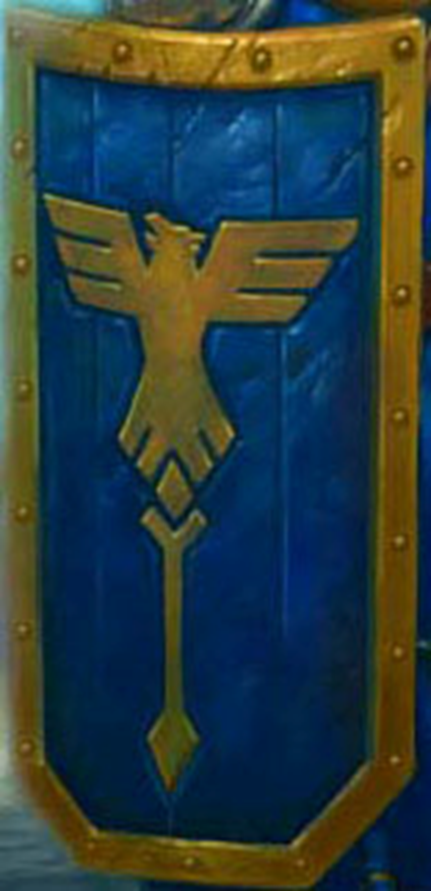 “Oh, it’s you again.” Naturally Tellith had gone to the watch station just across Delvers’ Square. And, naturally, they were blessed once again with the blustering fellow who they had first met after a shivvel addict had tried to mug Ranthir.
“Oh, it’s you again.” Naturally Tellith had gone to the watch station just across Delvers’ Square. And, naturally, they were blessed once again with the blustering fellow who they had first met after a shivvel addict had tried to mug Ranthir.
The watchmen questioned all of them bluntly and performed a cursory inspection of Tee’s room and the street outside.
“And where is the victim?” one of them asked with suspicion.
“I’m right here,” Tee said, walking up with Nasira at her side.
“And where have you been?”
“Checking on a friend.”
The watchmen were taking a generally hostile tone, but Tee wasn’t impressed with their bluster. Finally one of them blurted out, “Just don’t leave town.” Tor laughed and Tee rolled her eyes.
“We’re not planning on it. But I’m glad you’re so concerned for our well-being. What were your names again? I’d like to mention you to the Commissar next time I see him. I just want to tell him what a fine job you’re doing…”
The watchmen exchanged nervous glances and then backed down. Tee and Tor turned Nikkei over to them before they left (although Tee would have preferred to slit his throat first).
Once the watch were gone, however, they were forced to consider what Nikkei had told them: It was their worst fear, and only confirmed what Malkeen’s appearance in Tee’s room two weeks before had suggested. Not only were they known, but they could be found. And easily.
This left them with the tough choice of what to do next: Should they leave the Ghostly Minstrel? And if they did, where would they go?
Without any clear answers, they bedded down. Tee wanted no part of her own room again, and they all thought it wise to stay close through the night. Half of them slept in Tor’s room and the rest in Elestra’s suite.
THE DREAMS OF TEE & ARVETH – PART 1
That night Tee reached out through the Dreaming in an effort to infiltrate the dreams of Arveth. She hoped to plague them with nightmares of losing her remaining eye. Or perhaps falling forever. Or both.
Unfortunately Tee found her own thoughts conflicted, and Arveth’s dreams proved impenetrable. But she vowed that she would try again the next night. And every night, if necessary, if it meant that she could eke out at least a small slice of revenge.
Running the Campaign: What the Magic Looks Like – Campaign Journal: Session 41C
In the Shadow of the Spire: Index


